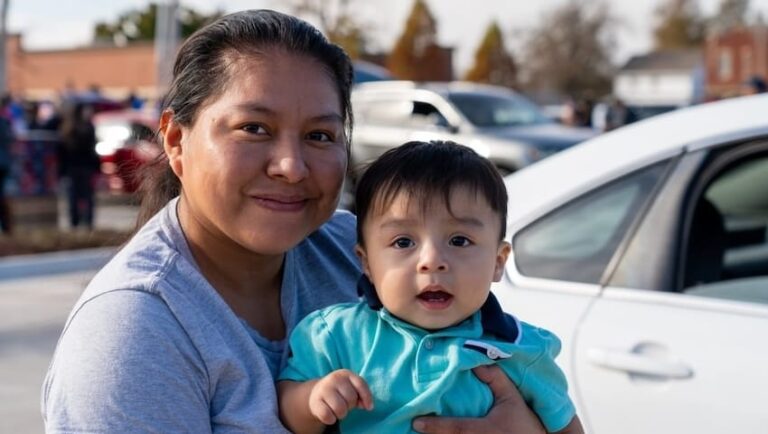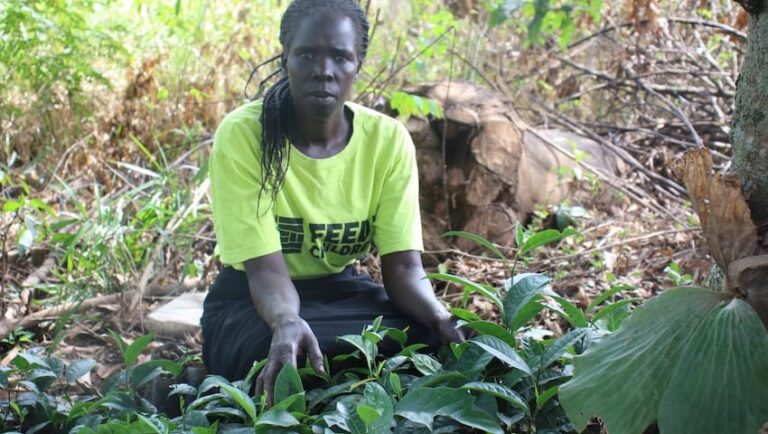
A Place Where Hope Runs Dry
Everyone calls this 10-year-old “Baby” even though that’s not her given name. Her parents nicknamed her when she was born and the only baby in the family.
Now, Baby has a little brother, but the nickname stuck.
Baby lives with her mom, dad and brother in the Waso Division of Samburu County in Kenya. It’s north and a little east of the bustling city of Nairobi, almost in the very center of the country.
The family’s home is called a manyatta. It’s a traditional structure made of tree branches, mud and grass plastered over with cow dung. The family doesn’t live close to many resources. The nearest health facility is about a 40-minute walk away. The nearest church is about 45 minutes away.
The area where they live is also one of the driest regions in the country.
You can see for miles along the dusty soil and gravel, which are not good for growing crops. There is no farming here. It’s too dry and the ground is too hard. Countless droughts have exposed huge tracts of land to wind and water erosion.
Families in this area raise livestock, and Baby’s family has been doing it for many generations. But again, the droughts have all but stolen their opportunities to make a decent living.

Since the family couldn’t make enough money with their livestock, there were many days when Baby didn’t eat. Her family wasn’t the only one, though. The area had a high rate of acute malnutrition.
Because of extreme hunger, many children didn’t attend school for the entire year. They were just too hungry to go to class, and that included Baby.
“It was difficult for us to study because we used to come and go back home hungry. Some days, when I was hungry, I did not feel like going to school at all,” she said.
Baby’s mother knew it was important for her bright fourth grader to go to school.
“It broke my heart because I knew why my child was not going to school. If she did not go, she risked missing education opportunities.”
When Feed the Children started working in the community, donors like you helped bring reliable meals to the children at school. The meals were available to all the students, regardless of their family’s income.

And with the implementation of daily meals, the school saw a boost in their attendance. Parents were also more involved because they were asked to volunteer to cook the meals each day.
For parents like Baby’s mom, it’s made a big difference.
“I see my daughter go to school always. Before the food program at school, it was common for Baby to come back home hungry, and when she did not find food, she would cry. That disturbed me a lot. Today, she is no longer worried about food.”
Children used to spend the school day slumped over their desks, too hungry to do anything but sleep. Now they’re bright-eyed and ready to learn, thanks to the school meals.
“It has helped me concentrate in class,” Baby said. “I can now stay in school the whole day, every day, and work hard to be a good person.”
Something as simple as food has changed a schoolhouse – and an entire community – in a place where hope runs dry, because you believed in the transformative power of food. Thank you!






